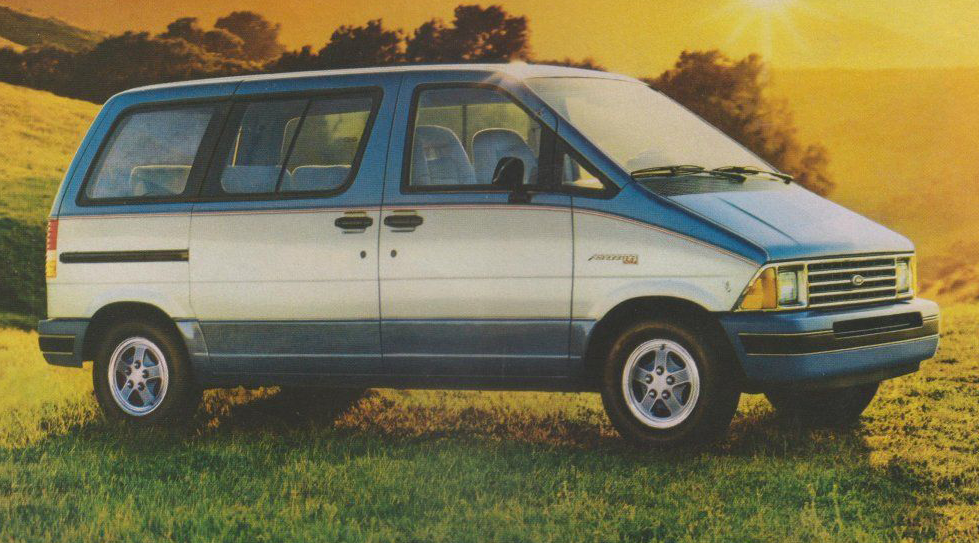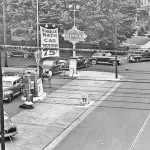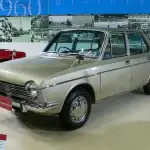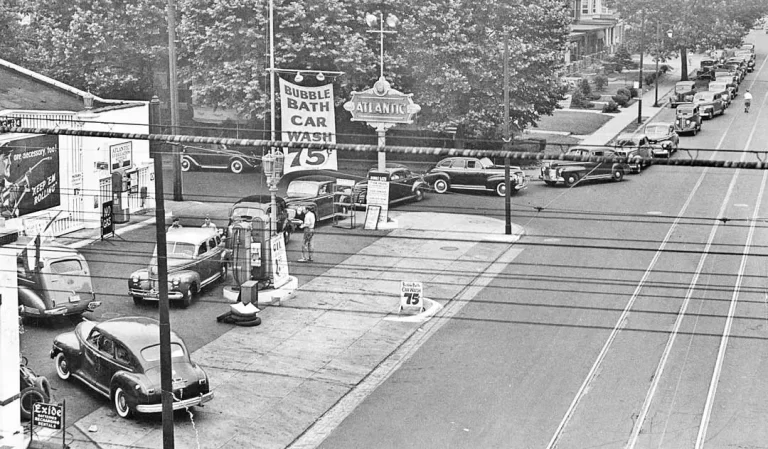
In the 1980s, the automotive industry witnessed the rise of a revolutionary vehicle segment that would soon become a staple in many households: the minivan. This era was marked by fierce competition among major American automakers, namely Chrysler, Ford, and Chevrolet. The Big 3 vied for dominance in the minivan market. The introduction of the first Ford Aerostar minivan on July 17, 1985, set the stagefor an intense battle for consumer attention and loyalty.
Chrysler starts the minivan craze, Ford Aerostar follows
Under the leadership of Lee Iacocca, Chrysler was the first to enter the minivan scene with the introduction of the Dodge Caravan and Plymouth Voyager in late 1983. These vehicles became an instant hit, proving comfortable and useful for families across America. Front-wheel-drive Chrysler’s minivans offered a practical and spacious interior, sliding side doors, and seating for up to seven passengers. Their success catapulted Chrysler to the forefront of the minivan market. The company was seen as a trendsetter and became the benchmark against which competitors would be measured.

Ford, recognizing the potential of this new vehicle category, which it failed to launch under Iacocca several years earlier, swiftly responded to Chrysler’s success. In 1985, Ford launched the Aerostar minivan, its first foray into the minivan market. The Aerostar aimed to differentiate itself by offering a more truck-like design with a rear-wheel-drive platform, catering to customers who desired a more rugged and powerful vehicle. Despite its unique approach, the Aerostar faced tough competition from Chrysler’s well-established minivans.
General Motors, the third major player in the battle for minivan supremacy, joined the fray in 1985 with the introduction of the Chevrolet Astro and GMC Safari. These vehicles competed directly with the Ford Aerostar, sharing its rear-wheel-drive layout. The Astro and Safari provided a more traditional van-like appearance and boasted impressive towing capabilities, appealing to customers who sought versatility beyond family transportation.
Minivan madness
Throughout the 1980s, Chrysler maintained its leading position in the minivan market, continuously innovating and refining its offerings. In 1987, Chrysler introduced an extended-wheelbase version of the Caravan and Voyager, providing even more space for passengers and cargo. This move solidified Chrysler’s reputation as the leading innovator in the segment.

Despite their best efforts, Ford and Chevrolet struggled to match Chrysler’s dominance. The Aerostar faced criticism for its less refined driving experience and lack of interior comfort compared to its competitors. Similarly, the Astro and Safari failed to capture the same level of consumer interest as Chrysler’s minivans.
By the end of the 1980s, Chrysler’s minivans had become synonymous with the term “minivan” itself. Their success forced Ford and Chevrolet to reevaluate their strategies and make significant improvements to their offerings. While the competition between Chrysler, Ford, and Chevrolet in the 1980s was fierce, it was ultimately Chrysler that emerged as the clear winner. The company’s groundbreaking minivans revolutionized family transportation, setting new standards for space, versatility, and comfort. Chrysler’s legacy in the minivan segment endured for decades to come, influencing the designs of future generations of minivans and shaping the way families traveled.

















